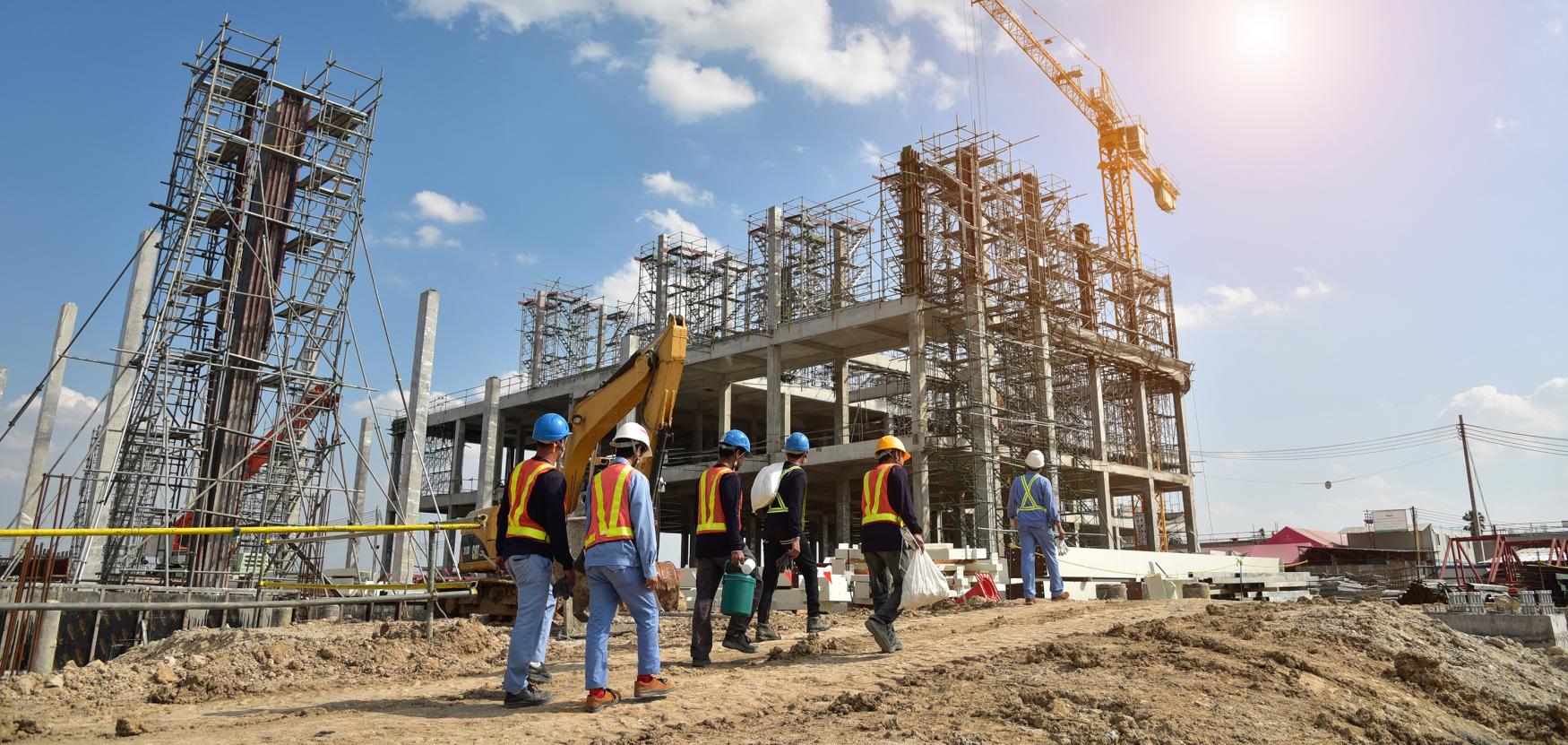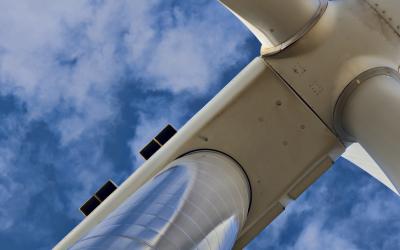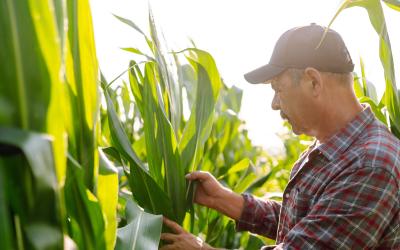Addressing and preparing for climate change will create jobs across Minnesota.
Today, nearly 60,000 Minnesotans work in the clean energy and energy efficiency sector. These numbers represent a variety of career paths — from wind energy technicians that maintain turbines to construction workers who retrofit buildings with energy efficiency upgrades. One-third of clean energy businesses are located in Greater Minnesota and over 70% are small businesses with 20 or fewer employees. As Minnesota continues our transition to clean energy, the potential for economic growth is immense.
"We believe we can achieve 100,000 clean-energy jobs by 2030. And that will drive our economic recovery and deliver environmental and economic benefits to Minnesota," Gregg Mast, executive director of Clean Energy Economy Minnesota told the Star Tribune last year. “Business and technological innovation continue to drive down the cost of renewables. Demand for sustainable-energy solutions is growing." The Clean Economy goal of Minnesota’s Climate Action Framework is focused on making this vision a reality and growing Minnesota’s clean economy, even beyond the clean energy sector.
The framework shares numerous action steps to advance this opportunity:
- Complete a clean economy workforce and economic development plan to assess high-growth sectors, potential job losses, and workforce and skill set needs.
- Work with tribal nations, universities, commercial consortiums, and private labs to nurture new technologies and clean economy businesses.
- Create workforce strategies that train, upskill, and reskill workers to adapt to changing technologies and job needs.
- Assist businesses moving toward sustainability by identifying supply chain needs and supporting environmental goals.
Customers and businesses are increasingly asking for energy-efficient, lower-carbon products, and building owners want options to reduce their carbon footprint and save money. Businesses need help adapting to remain competitive. Workers also need support to transition or retrain to successfully adapt to new technologies and in-demand job skills. Several Minnesota communities also host large electric-generating power facilities that are retiring in the coming years, which will impact jobs, tax base, and community prosperity.
Our clean energy transition must also prioritize fair access to opportunities. Many clean economy jobs are and will continue to be in the construction trades. While overall construction jobs tend to provide good wages and benefits, the industry continues to be dominated by white men. Attracting and retaining women and people of color in the trades — through outreach in schools career guidance programs; safe, hands-on learning opportunities; mentoring; and financial support during seasonal layoffs — will be critical to achieving an inclusive and equitable clean economy.
The framework also includes key initiatives to make our transition more equitable:
- Identify potential high-demand clean economy sectors, training resources, and needs by region. Targeting training to populations that are underrepresented in the trades.
- Consulting and coordinating with tribal nations, to support and learn from their workforce development efforts and clean economy initiatives.
- Assist communities with aging fossil fuel-run power plants to ensure a successful transition. Provide long-term planning and support to retrain workers and promote economic development.
Read more about the Clean Economy goal of Minnesota’s Climate Action Framework.



